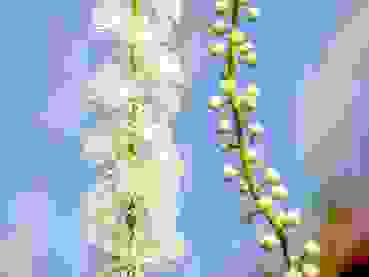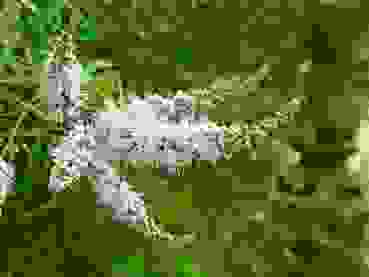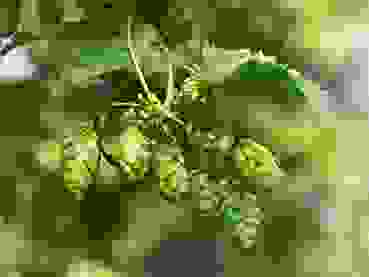
St. John's wort (Hypericum perforatum)
Known in medieval Europe as a magical plant to ward off disease and mischief - then forgotten in the 19th century. Nowadays, St. John's wort is experiencing a revival, fittingly on St. John's Day on 24 June.
June 21, 2021
Flowering at the time of the summer solstice, St. John's wort is known therapeutically as a wound healer and as a medicinal plant for treating depressed moods, inner restlessness, anxiety, states of tension and the associated difficulties in falling asleep and sleeping through the night.
Plant
There are more than 400 Hypericum species worldwide. About 20 of these are found in Central Europe. The best researched species of this genus is St. John's wort, also called spotted St. John's wort. The botanical name is Hypericum perforatum. The species name "perforatum" refers to the perforated flowers and leaves. If you rub the light yellow petals between your fingers, a dark red secretion is released from the oil glands, the so-called hypericin.
St. John’s Wort prefers sunny locations on calcareous soils and can be found along field edges, fences, rough pastures and in bushes. Propagation is by seed or division of the rhizome in autumn. The flowering period is from the end of June to September. The shoot tips are picked after the flowers open. The above-ground parts of the plant collected at flowering time are used.
Effects of St. John's wort
It is likely that several ingredients and mechanisms of action interact to contribute to the mood-lifting effect. It is known, for example, that extracts of St. John's wort inhibit the reuptake of neurotransmitters such as serotonin, noradrenalin and dopamine, so that they remain longer in the synaptic cleft between the nerve cells. Some ingredients from St. John's wort also have antiviral and antibacterial properties. This is why, for example, red St. John's wort oil is used externally to heal wounds and burns.
However, caution is advised when taking preparations containing St. John's wort extract: hyperforin in particular is known to cause interactions with other medicines, as some drugs are broken down more quickly in the liver by hyperforin, thereby reducing their effect. However, low-hyperforin St. John's wort products are certainly available.
The cheerful yellow flowers not only brighten up the mood, but also nature. Summer can come!
Topics
Filter blog posts by topic by clicking on the tags.





